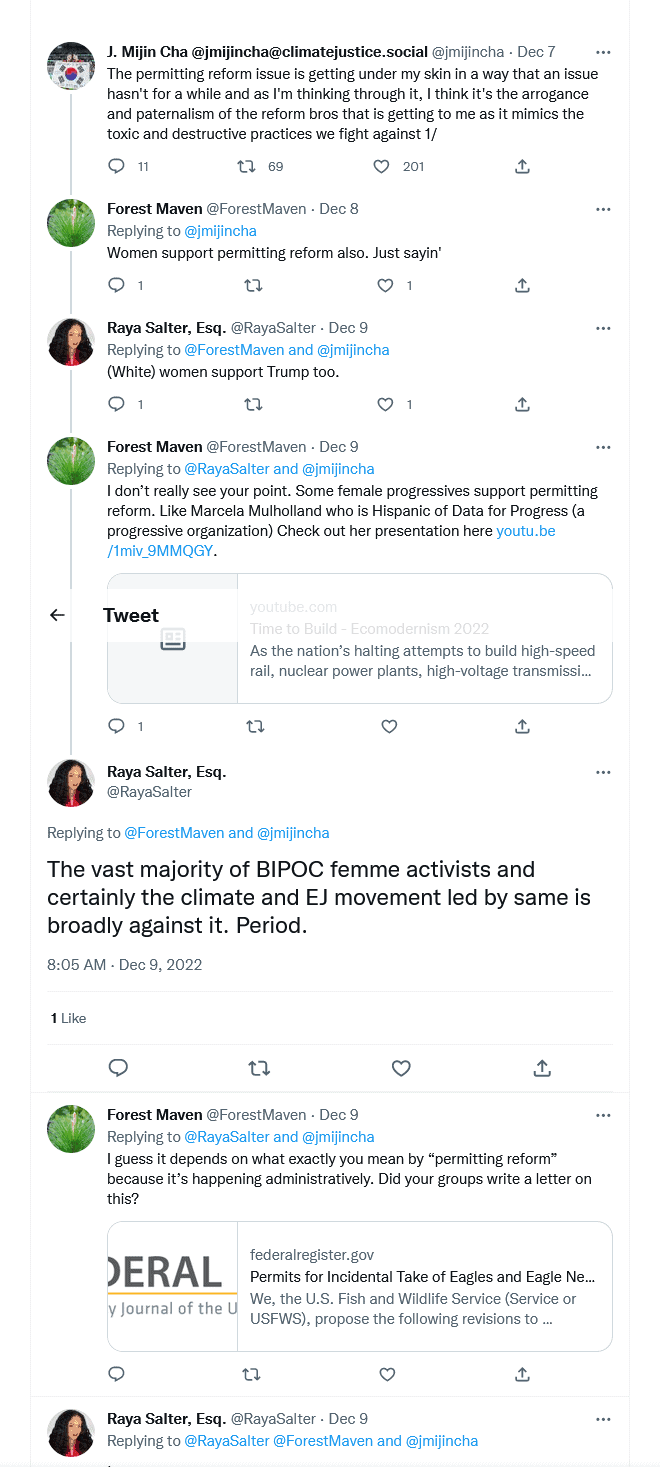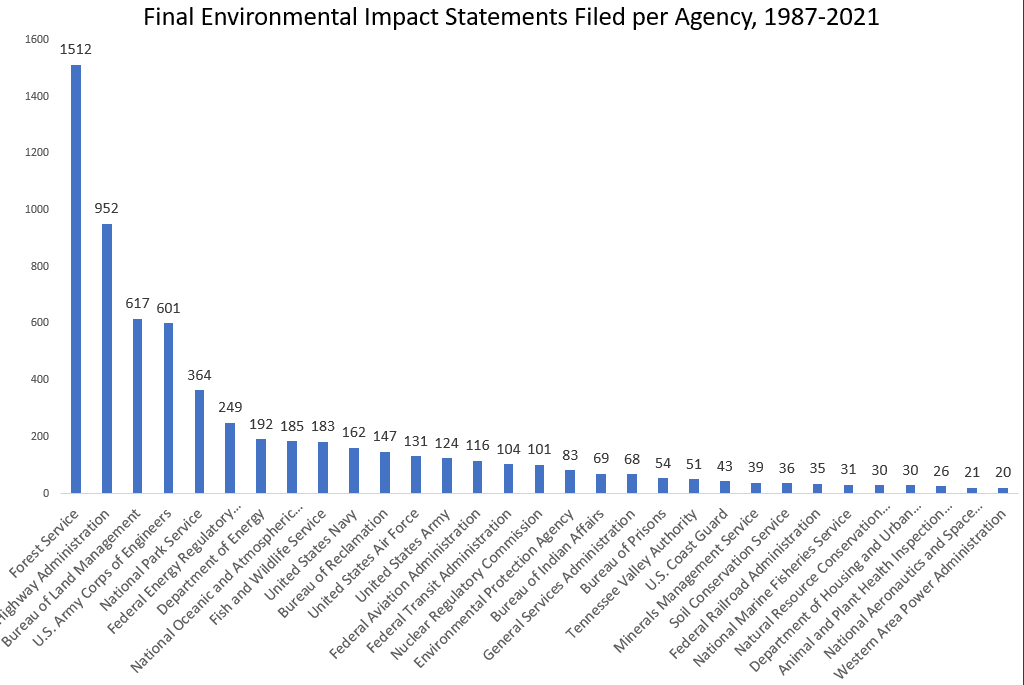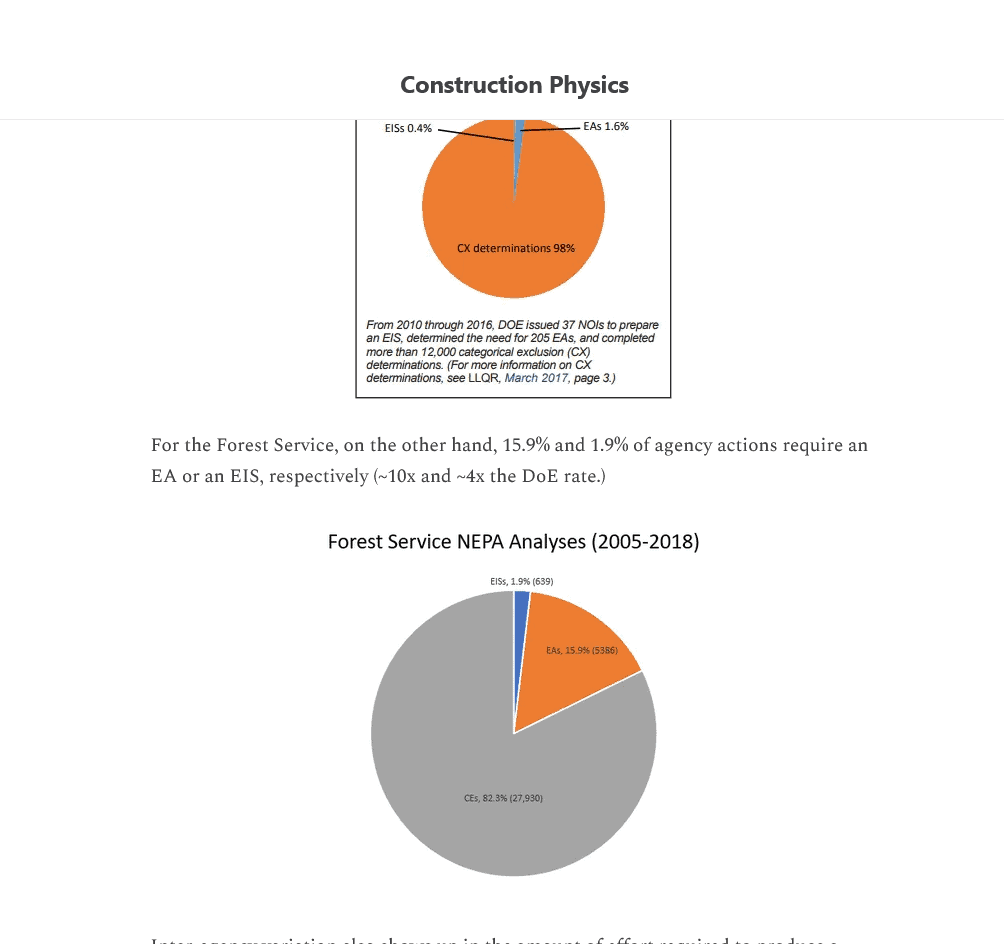Sorry for the headline.. couldn’t resist.
Thanks to Nick Smith, I found this article. I don’t think the context will surprise anyone. I think it’s a good article in terms of showing both sides. Hopefully you can access it with a free sign-up, fortunately I had a “non-free” email account to use to sign up.
Law360 (March 31, 2023, 7:26 PM EDT) — An ecology professor at Oregon State University rebuked her colleague over his support for new regulations that weaken protections for large trees in the Pacific Northwest, telling a federal judge that scientists are divided on whether such trees pose a legitimate wildfire risk.
The new rules, which the U.S. Forest Service adopted in early 2021, replaced a set of restrictions known as the Eastside Screens that outlawed removing trees more than 21 inches in diameter from almost 8 million acres of national forests in the Cascade Mountain Range.
Contrary to what the Forest Service and a group of scientists have testified, large trees do not substantially contribute to wildfires, according to Beverly Law, a professor in the Department of Forest Ecosystems and Society at Oregon State.
Law, whose formal title is professor emeritus of global change biology and terrestrial system science, told an Oregon federal court on Wednesday that she joined more than 150 other scientists in opposing the Eastside Screens revision before it took effect. Their views, she said, indicate that ecologists aren’t unified on the question of tree removal, as her Oregon State colleague has indicated.
That claim to a scientific consensus, Law told the court, “does not accurately reflect the state of the science generally on these topics, nor specifically the best available science and field verification of the condition of the forests at issue in this case.”
The interdepartmental spat — at a university whose mascot is the timber-minded Benny Beaver — comes amid litigation that six environmental groups initiated last June.
Forest Service officials, the groups claim, followed a shoddy review process before adopting the Eastside Screens amendment by forgoing a full environmental study and stifling public opposition.
A group of 15 scientists, led by Oregon State professor James Johnston, is defending the change in a not-yet-approved amicus letter, saying that forest-thinning activities have prevented ecological disasters and benefited the natural environment. Indeed, “no meaningful controversy among scientists exists” on that topic, they told the court in a Feb. 10 submission.
For those curious at this point, here are the 15 I. Derek Churchill, Ph.D., Forest Health Scientist, Washington State Department of Natural Resources 2. Don Falk, Ph.D., Professor, University of Arizona School of Natural Resources and the Environment 3. Jerry Franklin, Ph.D., Professor Emeritus, College of Forest Resources at University of Washington 4. Keala Hagmann, Ph.D., Research Ecologist, Applegate Forestry LLC
5. Lori D. Daniels, Ph.D., Professor, Department of Forest and Conservation Sciences at the University of British Columbia 6. Matthew Hurteau, Ph.D., Professor, Department of Biology at the University of New
Mexico 7. Meg Krawchuk, Ph.D., Associate Professor, College of Forestry at Oregon State University 8. Norm Johnson, Ph.D., Professor Emeritus, College of Forestry at Oregon State University 9. Peter M. Brown, Ph.D., Director, Rocky Mountain Tree-Ring Research 10. Robert W. Gray, Fire Ecologist, R.W. Gray Consulting, Ltd. 11. Scott Stephens, Ph.D., Professor of Fire Science, University of California Berkeley 12. Susan Prichard, Ph.D., Fire Ecologist, University of Washington School of Environmental and Forest Sciences 13. Thomas H. Deluca, Ph.D., Dean, College of Forestry at Oregon State University 14. Trent Seager, Ph.D., Director of Science, Sustainable Northwest. Back to the story:
But Johnston, an assistant professor in the Department of Forest Ecosystems and Society who is also a paid Forest Service consultant, failed to note the objections from Law and many other scientists, she said Wednesday.
That group told the Forest Service that weakening its tree protections was “highly controversial from a scientific perspective” and accused the agency of “rushing forward without adequately analyzing the impacts of the proposal on wildlife habitat, aquatic ecosystems, hydrological cycles and carbon values.”
Law, in a declaration filed by the environmental groups, cited past research indicating that large trees create a canopy that prevents sunlight from drying out the forest floor — a key to preventing wildfires. Debris on the forest floor accounts for around half of the combusting material in a wildfire, she noted, whereas large trees rarely ignite.
Johnston and federal regulators, Law argued, “are making a mountain out of a molehill.”
“We cannot know where wildfire will burn, yet they have eliminated protections for large trees based on a gross overstatement of the risk so that the Forest Service will be able to authorize the preemptive killing and removal of large grand fir trees across the entire landscape,” she said.
Adopted in 1994 as a broad series of timber regulations, the Eastside Screens included a blanket prohibition on removing any tree measuring more than 21 inches in diameter at “breast height,” a standard measurement in forestry.
The federal government began exploring possible amendments to that restriction in 2020, noting that climate patterns, long droughts and poor forest management have produced a worsening pattern of wildfires. Rather than a blanket protection, the rules adopted a year later by the Forest Service carry only a discretionary guidance to preserve some old and large trees.
That policy shift, the agency has argued in court, “satisfies all statutory requirements and enjoys strong scientific support.”
“The weight of scientific consensus counsels the Forest Service to mitigate [wildfire] threats by actively managing forests to favor more historically prevalent, fire tolerant species,” it said in February. “But that change is impossible if the Forest Service cannot cut any competing fire intolerant species over 21 inches in diameter.”
Two advocacy groups, the American Forest Resource Council and the Eastern Oregon Counties Association, are backing the revisions as a common-sense move that doesn’t spell ecological disaster.
But the environmentalists want to focus on their allegations of procedural errors. The groups, in a court filing on Wednesday, said the Forest Service “shortened the [amendment] process and swept substantial controversies under the rug.”
“This court need not wade into the scientific debate to determine that important steps were skipped,” they said, adding that “the failure to abide by the required procedural steps necessitates vacatur and remand of the Screens Amendment.”
The plaintiffs have sought to keep Johnston from getting amicus status, arguing in February that his opinion “is already both functionally and legally represented” because he consults for the Forest Service.
1) I also thought this was an interesting disciplinary observation..
Their views, she said, indicate that ecologists aren’t unified on the question of tree removal, as her Oregon State colleague has indicated.
This seems like a fuels and fire behavior question to some extent, and also a tree physiology question. It would be interesting to discuss why some scientists in some disciplines come to different conclusions based on what kinds of evidence. Not that this discussion will happen in the courtroom environment.
2) I wonder about the amicus letter thing.. Maybe our legal minds here can weigh in. What is the difference between Law testifying (giving her opinions) and Johnston et al. giving their opinions to court? If 15 scientists signed on to the amicus letter and she thinks that isn’t kosher because Johnston takes bucks from feds, what about the others? Don’t all university scholars take bucks from feds? Is the difference consulting vs. research?
3) “But Johnston, an assistant professor in the Department of Forest Ecosystems and Society who is also a paid Forest Service consultant, failed to note the objections from Law and many other scientists, she said Wednesday.”
I don’t think he would have to.. isn’t that the role of the response to comments in the EA or EIS? Does her testimony note objections from Johnston? It doesn’t seem like a legal thing to do that, but I don’t know.
4) Yes, Johnston is helping Blue Mountains Partners as part of the CFLRP (as far as I understand). As part of that the people there decide what to be studied and have the funds to study it. It seems to me that local scientific knowledge would be prioritized in some sense over non-local. So Johnston shouldn’t get paid to do that exceedingly useful work? I find this most concerning of all of this.
5) Wouldn’t it be interesting if OSU would pioneer some kind of scientific joint-fact finding effort in which scientists could engage in discourse with the public about their research design, findings and interpretation? It could be a model for such disagreements and be a form of science education, both to the public and to students? They could bring in the best minds on environmental conflict resolution and other experts… And field trips!!!




